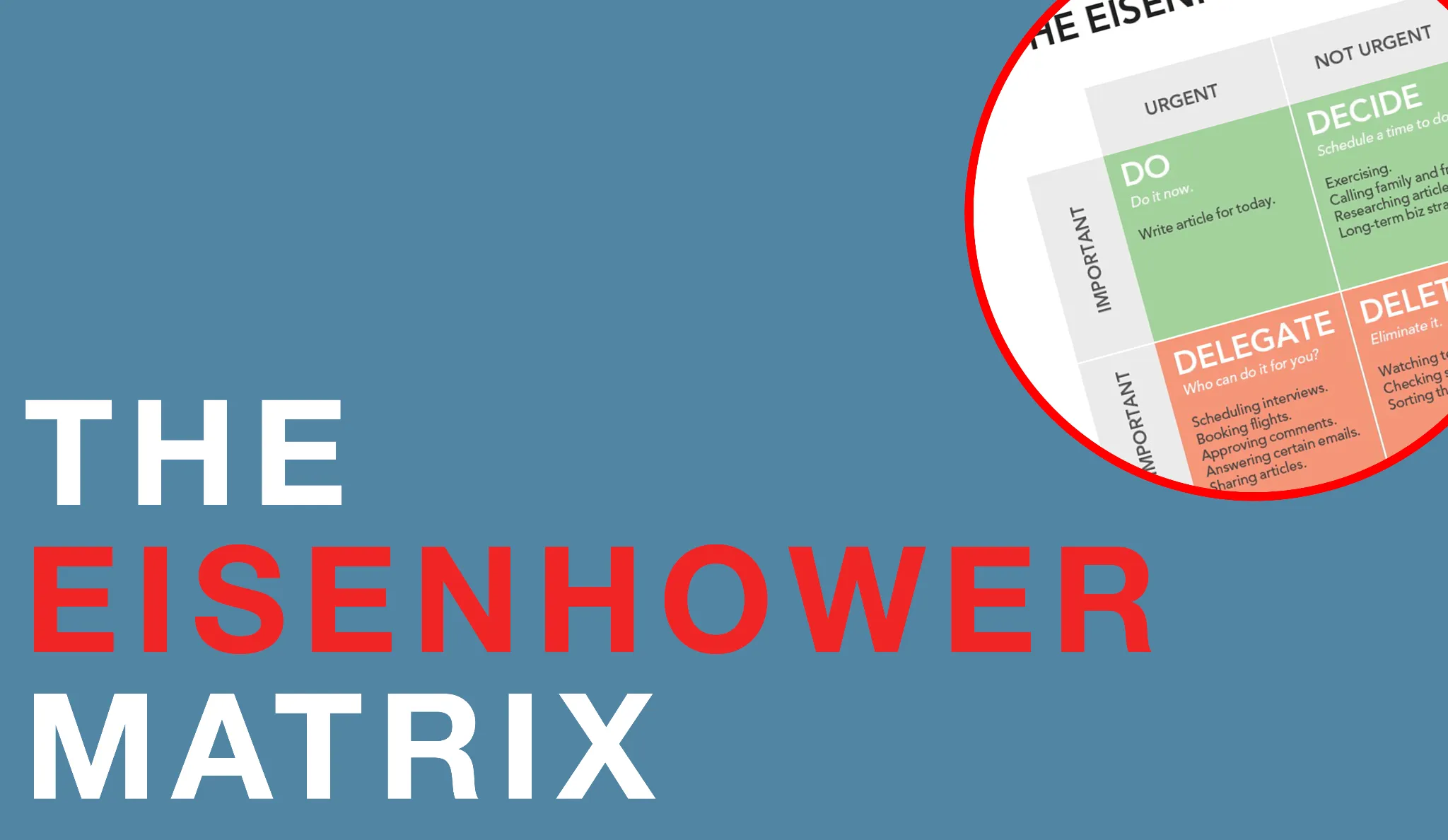Table of Contents
The average worker spends only a third of their day working. The rest is a waste of time on distractions, disruptions, and unproductive activities that sap energy and reduce focus. In fact,
According to web site CNN Money, the average full-time American worker loses 28 days of productivity each year because of distractions.
Many people have a hard time being productive—they get distracted, wander off course, and waste a vast amount of time. In the typical office environment, things happen that make it difficult to stay on task: distractions by co-workers or management, meetings that go on too long, phone calls from friends who waste half an hour with social chit-chat, queries from vendors that you know can be handled by someone else.
This article presents ten clever Productivity Methods to boost your productivity and get more done in less time. These tips are simple to implement, don’t require any special training, and won’t make you work like a robot (in fact, some of these strategies will help keep you human and feeling enthusiastic about your job).
About Productivity Techniques
Productivity tips are methods intended to assist you in entering productive flow states, which is a state of intense focus and engagement. The majority of productivity strategies are based on some form of behavioral science designed to take advantage of your brain’s natural tendencies.
They are generally structured, yet they are often adaptable and simple to modify. Many different productivity software tools are available, but some are far more successful than others, and many merely repackage well-known Productivity methods.
To assist you cut through the confusion, we’ve compiled a list of ten of the most helpful productivity methods you should be aware of. They may not all be appropriate for you, but it’s worth conducting your little productivity study to see if they can help you work more efficiently.
Top 10 Clever Productivity Methods
1. The Eisenhower Principle
The Eisenhower Principle is a productivity method with several names, including “eat the frog.” It’s about frontloading vital activities and concentrating on what’s essential rather than urgent.
Many of us tend to prioritize the jobs with the nearest deadlines, even if they don’t move us closer to our objectives, since we may feel as though we’re neglecting other important tasks. The Eisenhower Principle encourages us to concentrate on the essential work rather than focusing on deadlines, suggesting that we pick 1-3 important activities and then spend time on them instead of worrying about the deadlines.
It’s not that deadlines are unimportant–if you don’t meet a deadline, then the project may be delayed, and this can certainly have a negative impact on your career.
However, if you’re going to be late on a project due to deadline pressure, it’s much better than being late because you spent too much time on something that wasn’t as important.
———————————————————————————————————————————-
ALSO READ: Top 22 Workplace Productivity Statistics You Can not Afford to Ignore
2. The two-minute rule
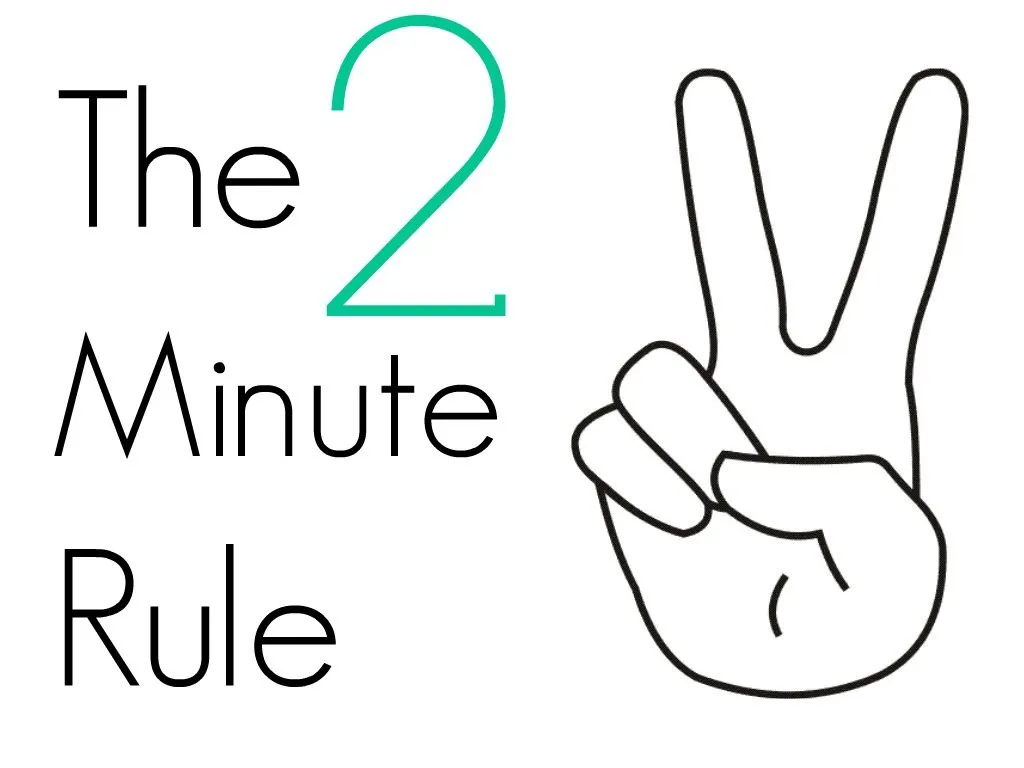
The idea behind the two-minute rule comes from David Allen’s book Getting Things Done, in which he argues that if we have anything on our to-do list that will take two minutes or less, we should get it done right now.
This approach aims to beat procrastination by getting things done right away — so respond to an email now if it will just take two minutes.
This will make you feel accomplished, increasing your motivation and providing momentum. It also aids in the clearing of our thoughts and the prevention of anxiety over all those minor duties we have yet to complete.
Is it difficult to manage remote employees? Sign up to try the best remote employee monitoring software here-
3. Time Blocking
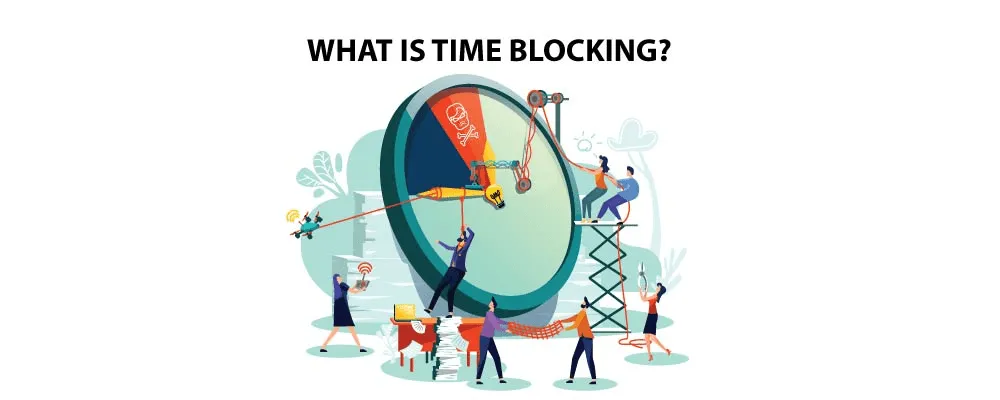
Limiting time blocking is a productivity method that breaks down your daily routine into set, time-controlled chunks such as 10 minutes for email, 60 minutes to work on a paper, and 20 minutes to plan a new project. Parkinson’s Law holds that when we allot more time to an activity, it generally grows in size until it fills up all of that time. You can use Parkinson’s Law to your advantage by limiting the time you have to work on a project, which then forces you to prioritize what’s important and remove unnecessary tasks.
Time blocking, instead of allowing a job to stretch out into a borderless schedule, confines the time we have available. Enclosing each time block in a tight timeframe may increase competitiveness and help us stay focused and result-driven.
Time blocking protects time for each and maintains all activities accountable, allowing you to become more intentional in how you spend your time. You can also set time limits on low-value daily activities like Slack, email, and administration, which is especially useful
4. Deep work
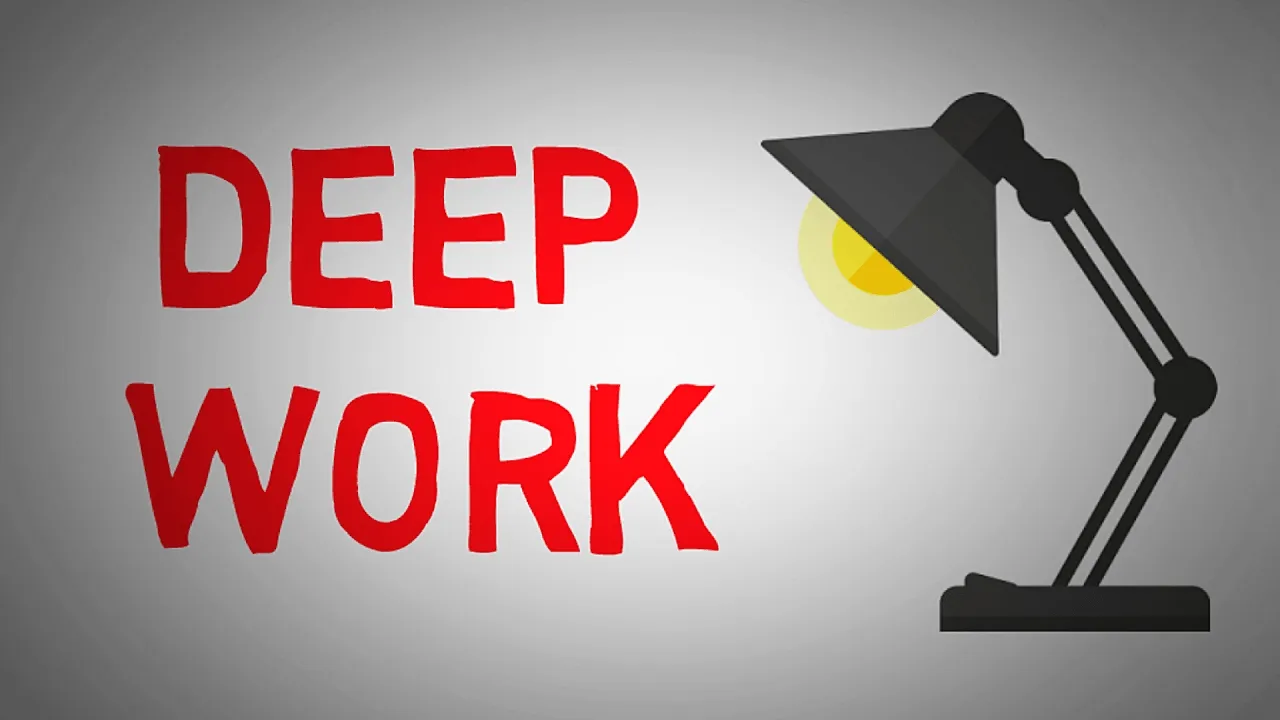
The term “long-term concentration” might be somewhat of a misnomer. Long-term concentration means working in a state of intense attention for long periods of time. It’s essentially a technique for entering flow states, allowing you to stay present and pay attention to every aspect of what you’re doing; as a result, it lets you push yourself to keep going for much longer than you would be able to otherwise.
A big portion of it has to do with getting rid of distractions and “low-value tasks.” However, deep work also entails learning to concentrate for longer – scheduling 90-minute sessions with one measurable goal and gradually increasing the duration and frequency of those sessions. It’s called the world’s most incredible job skill for a reason, and it’s challenging to master.
The idea of deep work isn’t new, but the business world is only beginning to embrace it. For people who are deep workers, their mind is focused on a single task for sometimes several hours at a time. This type of mental labor becomes increasingly important as technology advances, and companies rely on their employees to juggle an ever-increasing number of responsibilities.
———————————————————————————————————————————–
ALSO READ: Productivity Tracking Software: What, Why, and How?
5. The Rule of three
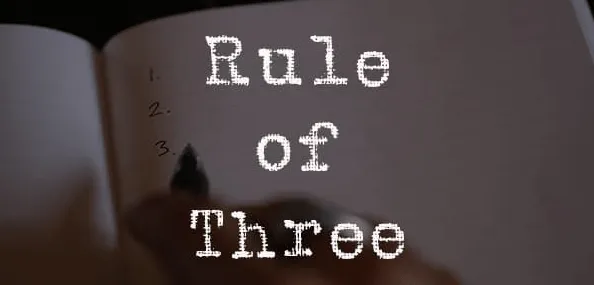
The Rule of Three is valuable for overbearing individuals or those who create to-do lists that they never manage to finish. It’s about concentrating on the essential aspects and achieving a meaningful consequence for your day.
Simply writing down three things you want to accomplish every day is all it takes. They should not be chores; they should be outcomes, such as “submit an expense report.”
You’re refocusing your attention on what’s most essential and important, especially during those early hours of the day when it might be particularly difficult to focus. You’ll be more likely to achieve your goals if you start each day with three meaningful intentions.
6. Productivity Journaling

Productivity journaling is a deliberate and time-consuming style of productive thought. This productivity method may be helpful to you if you like writing: you simply write down your objectives and actions, as well as your accomplishments, in a rich and descriptive manner.
Every week, you go through your journal and reflect on your accomplishments and mistakes to grow. Because a productivity diary allows you to document the emotional aspects of your performance (such as how you felt while doing a task and what you didn’t enjoy). It provides you with a way to consider more qualitative elements of your productivity.
It’s also a great way to get organized, mainly if you write down your ideas on paper. It’s also therapeutic to physically write things down, and the sense of having given your mind a rest has beneficial effects on productivity.
7. The 80/20 Rule
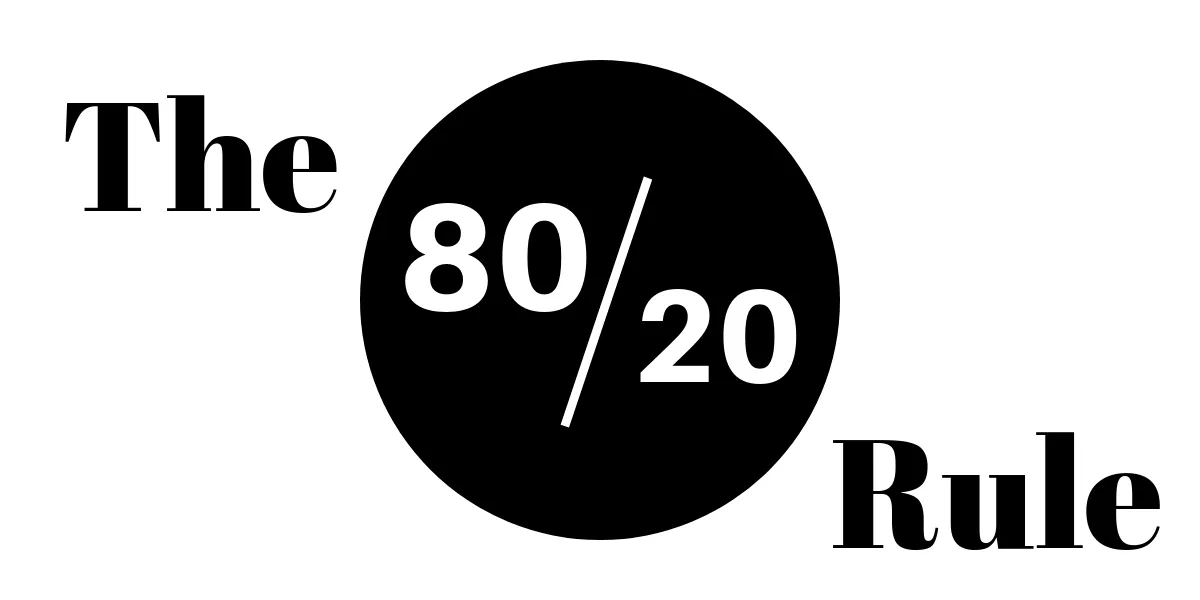
The 80/20 Rule is another productivity concept that encourages us to perform more of our most important work. According to the 80/20 Rule, 20% of our output comes from 80% of our efforts.
It’s all about figuring out which of our activities offer the most value and concentrating on them; instead of wasting time on the minor stuff, we should focus on the “important work.”
Consider those days when you spend hours hurrying from one activity to the next but have nothing substantial to show for it at the end of the day; this is most likely due to you doing too much unimportant stuff.
The 80/20 rule, which was created to add significance and value to your daily life by pushing you to spend more time on the right things by eliminating the wrong ones, is a simple concept that can actually make a big difference in your life.
————————————————————————————————————————-
ALSO READ: Employee Monitoring & Data Confidentiality Practices
8. Task Batching
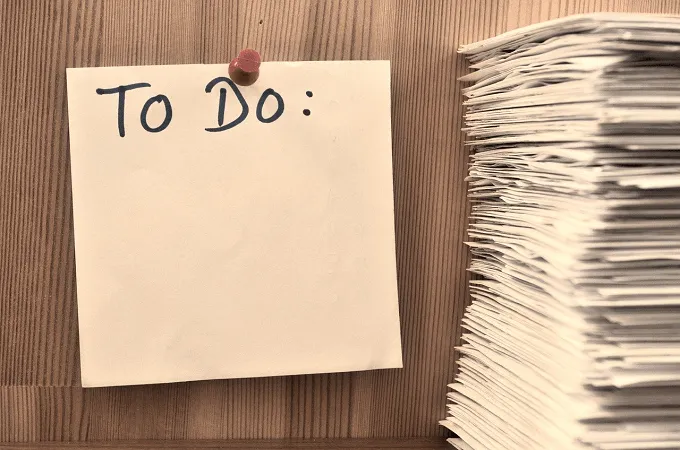
Batching is where you group similar low-value activities together and finish them simultaneously. Many of us want to do this, but it’s all too simple to be sidetracked. We sit down to spend half an hour replying to emails, only to be drawn into a request and start a new task we never intended to perform.
Tasks can be grouped together to make them easier to manage. This technique involves breaking down larger jobs into smaller tasks, which are then completed in succession. Task batching minimizes context switching, multitasking, and procrastination while also creating momentum in our work. It helps us focus on more routine elements of our job, not to get pushed back or forgotten.
9. The “DRY Principle”
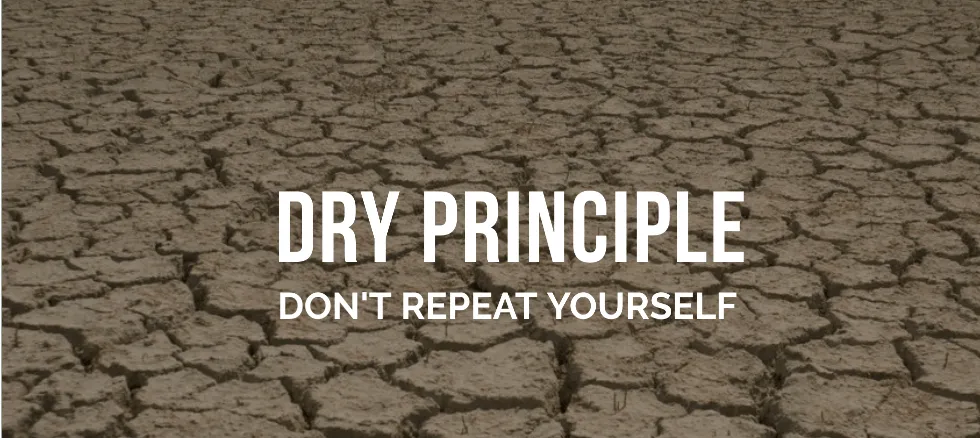
The Don’t Repeat Yourself approach (also known as the “Dry Principle”) is about saving time by reusing and recycling work you’ve already done. Because repetition is inherently wasteful and needless, the DRY Principles advocate creating processes and templates to reduce it.
Another example is email templates: rather than writing the same email repeatedly, make a template for it and modify it as needed. Writing of some kind is required in almost every job, so save yourself time by creating templates for documents you frequently use – such as invoices, reports, and papers.
Are you looking for software that can save time on Invoices, Reports, and Papers? Try the best invoicing software here–
This productivity method may also be used to eliminate low-value, repetitive activities – several applications automate everyday tasks, including meeting planning, time recording, and minute taking.
It’s all about freeing up more time and mental energy for more complicated and vital activities.
10. Single-tasking

Multitasking is one of the most common killers of productivity. The practice of performing several activities at the same time is known as multitasking, which is one of the most harmful factors for productivity. Most of us multitask to appear more productive, but in fact, it’s a waste of effort.
The ability to multitask is an illusion. The human brain can only focus on one complex activity at a time, and each time we change tasks, the quality of our work diminishes. Multitasking might also cause a lot of stress, which has been linked to decreased productivity.
As the name implies, single-tasking is all about giving your full attention to one specific job. Distractions should be avoided by turning off your phone and closing any other tabs that aren’t relevant to the task at hand.
Closing Thoughts
If you have been looking for ways to improve your productivity process, we have provided ten clever productivity methods that can help. We hope these tips give you a fresh perspective on how to get more done in less time and make it easier than ever before!
It’s never too late to start getting more done in less time! Which one of these clever ways do you need the most? The first step is always admitting a problem and deciding what needs fixing.
You might be wondering-
Is there any best productivity system that can calculate work hours? Is there any productivity tracking software for remote employee monitoring? Yes
Workstatus is a single solution for all your needs.
Workstatus is an excellent AI-enabled workforce management software (WMS) that can help you to monitor employee productivity.
Being the best employee scheduling software, it allows you to create task lists, organize team members into projects, assign deadlines, track progress on tasks, and so much more!
If you are interested in trying Workstatus for yourself, request a free demo here-
Thanks for reading!!


